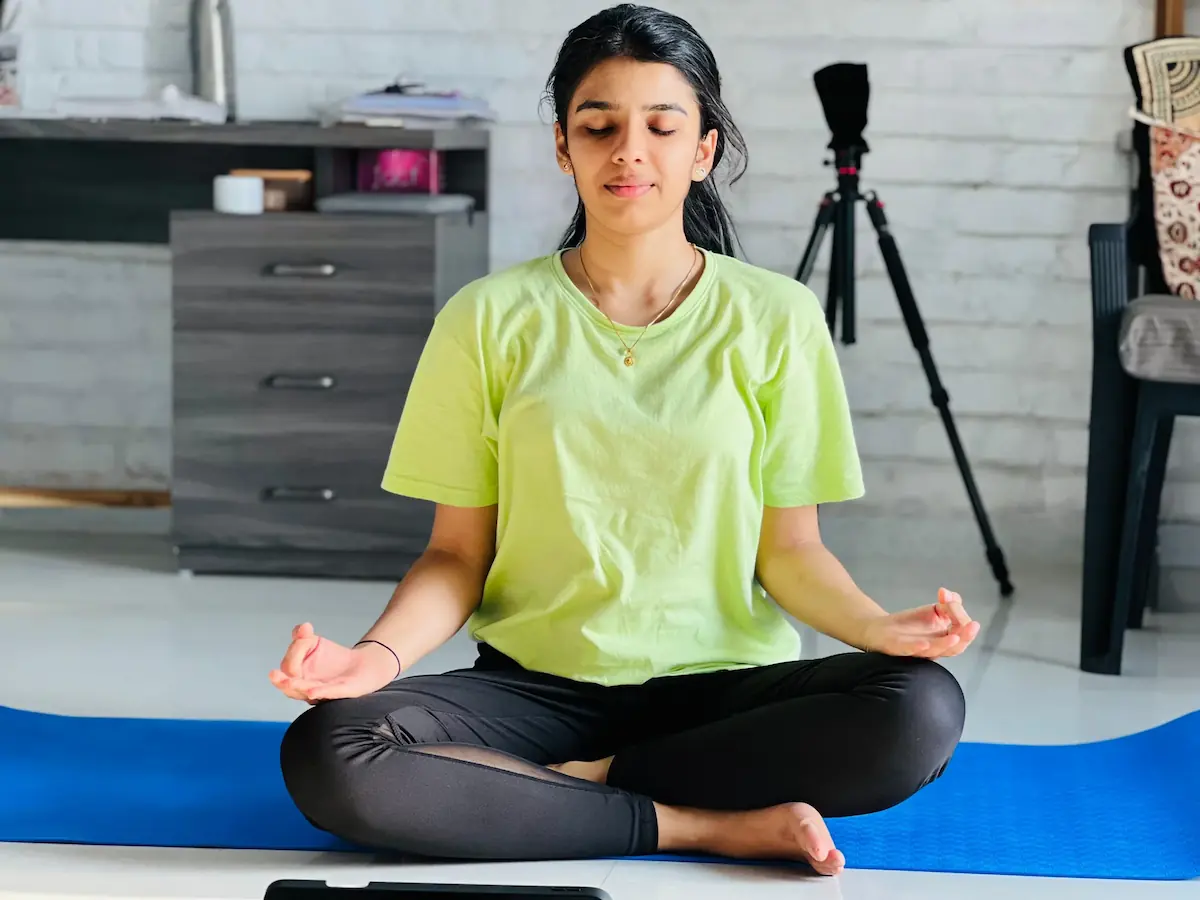Vertigo can make daily life challenging, with symptoms like dizziness, spinning sensations, and loss of balance. While medical treatment is essential, yoga offers a natural way to help manage vertigo by improving balance, reducing stress, and calming the nervous system. Below is a step-by-step guide to yoga asanas that may help alleviate dizziness, followed by a helpful FAQ section.
Benefits of Yoga for Vertigo

- Strengthens and balances the nervous system
- Improves blood circulation and oxygen supply to the brain
- Reduces stress and anxiety
- Enhances balance, coordination, and body awareness
Step-by-Step Guide: Yoga Asanas for Vertigo Relief
Child’s Pose (Balasana)

- Kneel on the floor, big toes touching, knees hip-width apart.
- Sit back on your heels.
- Fold forward, extending arms in front or alongside your body.
- Rest your forehead on the mat.
- Hold for 1–3 minutes, breathing deeply.
Legs-Up-the-Wall Pose (Viparita Karani)
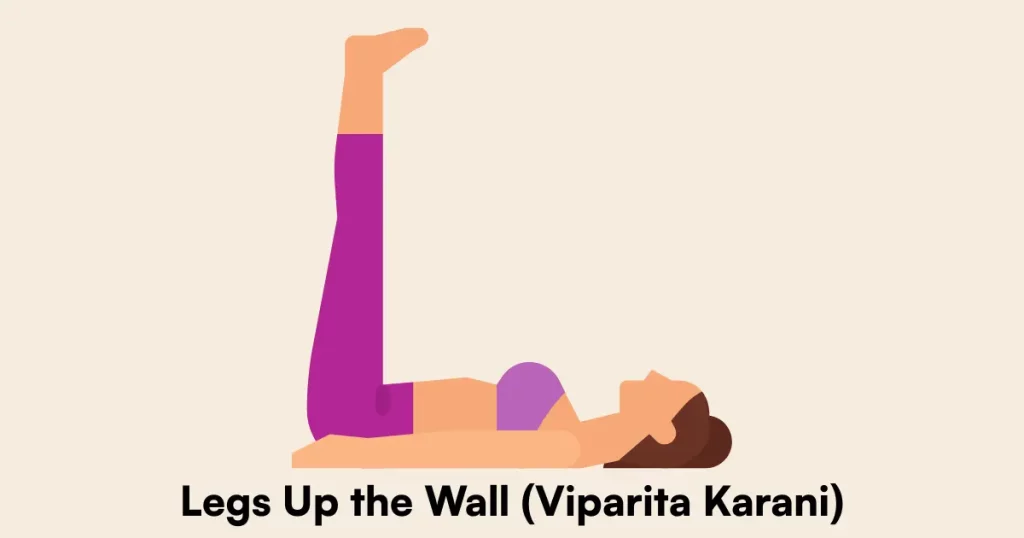
- Sit next to a wall and lie on your back.
- Swing your legs up the wall, keeping them straight.
- Rest arms by your sides, palms up.
- Hold for 5–10 minutes, focusing on slow, steady breaths.
Corpse Pose (Savasana)
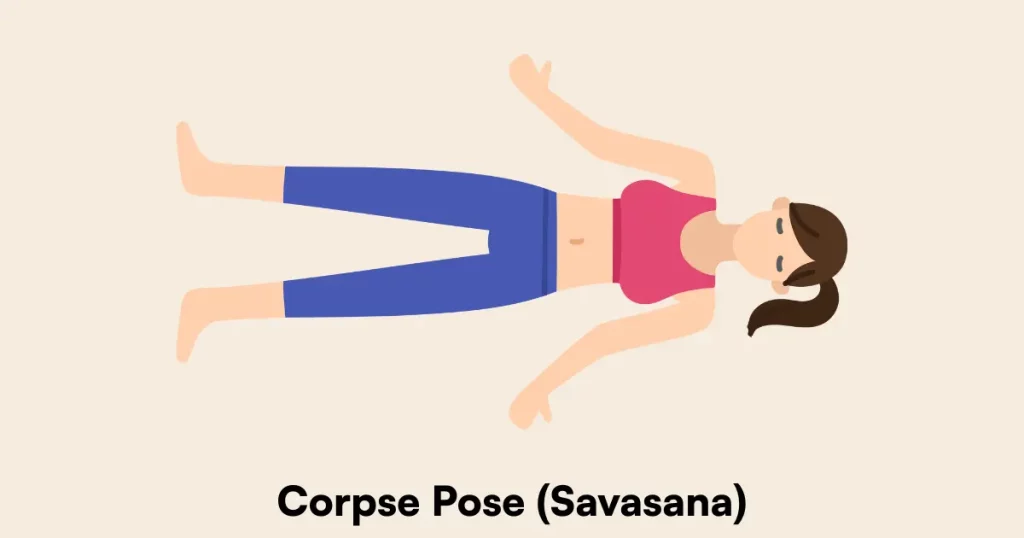
- Lie flat on your back, legs slightly apart, arms at your sides.
- Close your eyes and focus on your breath.
- Allow your body to fully relax.
- Stay for 5–10 minutes.
Standing Forward Bend (Padahastasana)

- Stand with feet hip-width apart.
- Bend forward from the hips, knees slightly bent.
- Let your head and arms hang toward the floor.
- Hold for 30 seconds to 1 minute, breathing deeply.
Tree Pose (Vrikshasana)
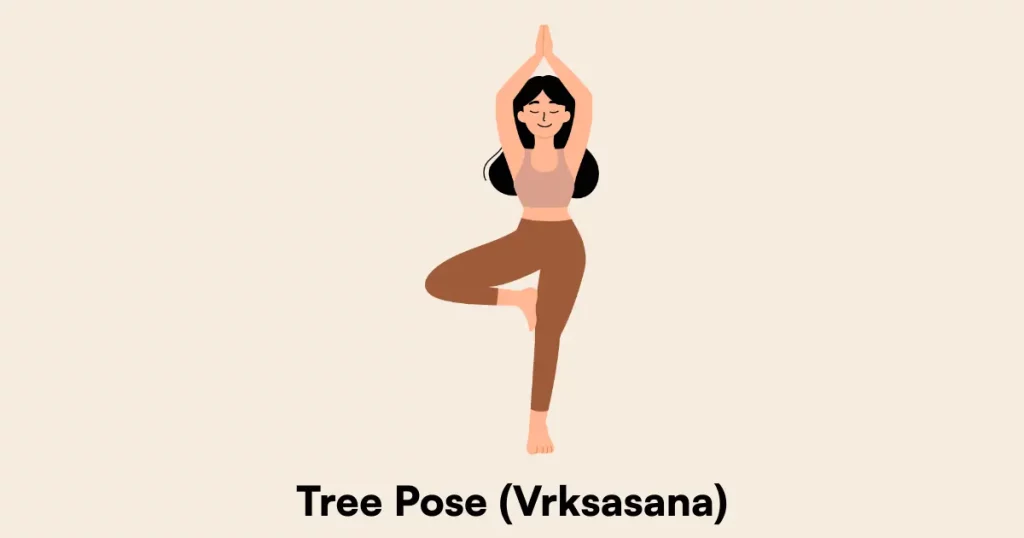
- Stand tall, shift weight onto one leg.
- Place the sole of your other foot on your inner thigh or calf (avoid the knee).
- Hands at heart center or raised overhead.
- Focus on a fixed point to maintain balance.
- Hold for 30 seconds to 1 minute on each side.
Seated Forward Bend (Paschimottanasana)
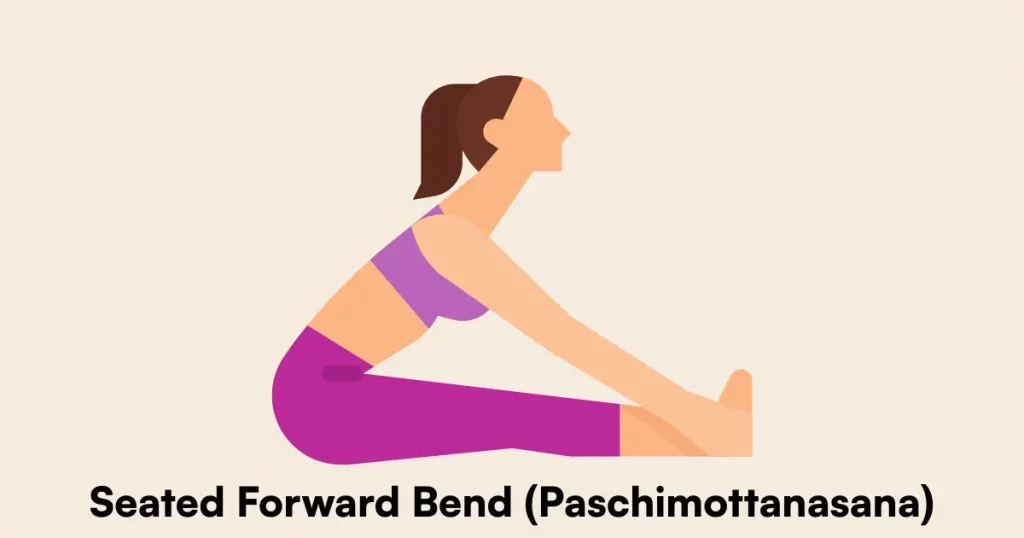
- Sit with legs extended in front.
- Inhale, raise arms overhead.
- Exhale, bend forward from the hips, reaching for your feet.
- Try to keep your back straight and head toward knees.
- Hold for 30 seconds to 1 minute.
Bridge Pose (Setu Bandha Sarvangasana)
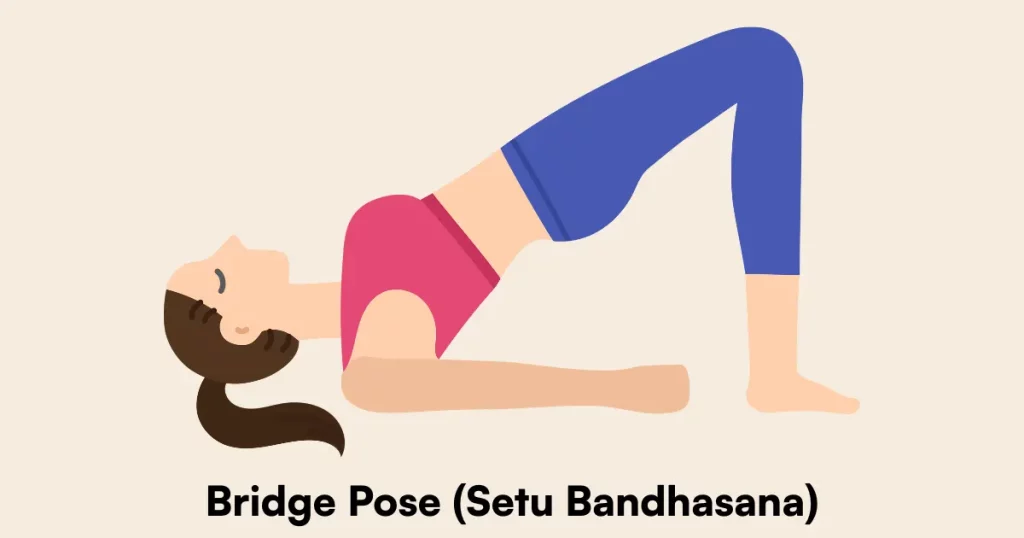
- Lie on your back, knees bent, feet hip-width apart.
- Press feet into the floor and lift hips upward.
- Arms by your sides, palms down.
- Hold for 30 seconds to 1 minute.
Cat-Cow Pose (Marjaryasana-Bitilasana)
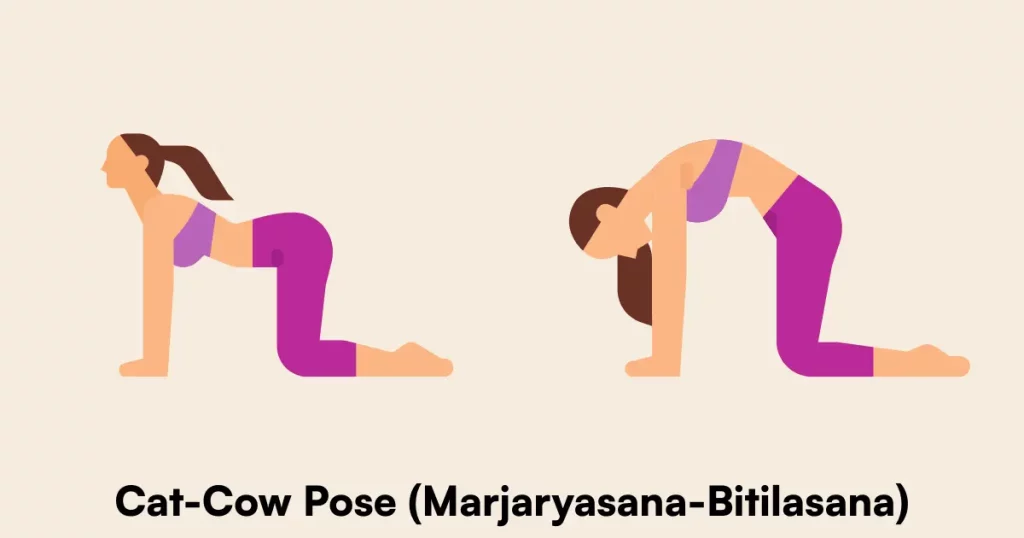
- Start on hands and knees in a tabletop position.
- Inhale, arch your back and look up (Cow).
- Exhale, round your spine and tuck chin to chest (Cat).
- Repeat for 1–2 minutes, moving with your breath.
Tips for Practicing Yoga Safely with Vertigo
- Move slowly and mindfully to avoid sudden changes in head position.
- Practice in a safe environment where you can sit or lie down if dizziness increases.
- Listen to your body and stop if symptoms worsen.
- Consult your doctor before starting any new exercise regimen, especially if you have a medical condition.
- Beginner Yoga Poses for Stress Relief
- Why Your Mind Wanders During Meditation
- Yoga vs Gym: Which is Better for Mental Health?
Frequently Asked Questions (FAQs)
Q1: Can yoga cure vertigo?
A: Yoga cannot cure the underlying causes of vertigo, but it can help manage symptoms like dizziness, improve balance, and reduce stress when practiced regularly as a complementary therapy.
Q2: How often should I practice yoga for vertigo relief?
A: For best results, aim for short, daily sessions. Consistency is key to experiencing improvements in balance and reduced dizziness.
Q3: Are there any poses I should avoid if I have vertigo?
A: Avoid poses that require rapid head movements, deep backbends, or inversions unless supervised by a qualified instructor. Always listen to your body and stop if you feel unwell.
Q4: Is it safe to do yoga during a vertigo attack?
A: It’s best to rest in a comfortable position, like lying down in a dark room, during an acute episode. Practice yoga only when you feel stable and after consulting your healthcare provider.
Q5: Can yoga replace medical treatment for vertigo?
A: No, yoga should be used as a complementary therapy. Always follow your doctor’s advice and prescribed treatment plan.
Final Thoughts
Yoga offers a gentle, holistic approach to managing vertigo symptoms by improving balance, calming the nervous system, and reducing stress. Start slow, practice consistently, and always prioritize your safety and well-being.

